PROTECT YOUR DNA WITH QUANTUM TECHNOLOGY
Orgo-Life the new way to the future Advertising by AdpathwayAnalysis of Government Shutdown Dynamics
The ongoing government shutdown, now entering its 22nd day, has spotlighted stark divisions in Congress. House Speaker Mike Johnson has accused Senate Majority Leader Chuck Schumer and his Democratic colleagues of strategically prolonging the deadlock for political gain at the expense of everyday Americans. This accusation strikes at the heart of the contention surrounding the shutdown: a perceived disregard for the needs of ordinary people in favor of ideological gains.
Johnson’s harsh rhetoric captures the sentiment among House Republicans. He stated, “They sat in a backroom and made the calculation they’d rather shut the government down and impose pain on the American people,” illustrating their belief that Democrats prioritize far-left interests over the constituents they represent. This sentiment resonates with a significant portion of the electorate who feel overlooked by their leaders.
The House Republicans argue that their proposal for a clean continuing resolution (CR) meets the funding levels previously agreed to by Democrats. Johnson’s insistence that their plan simply extends funding without additional policies frames the Republican stance as straightforward and responsible. Yet this has not swayed the Democrats, who prefer a version of the funding bill that incorporates more expansive spending categories. They contend that the House’s proposal falls short of addressing critical issues such as support for foreign aid and healthcare for undocumented immigrants, which they deem essential. This clash over spending priorities underscores a broader philosophical divide: the Republicans’ call for restraint contrasts sharply with Democrats’ emphasis on a more expansive government role.
The fallout from the shutdown is tangible. Close to 850,000 federal employees face hardships as many are either furloughed or working without pay. Public services, including national parks frequented by millions, are operating with limited resources. This has led to dissatisfaction among visitors. Bruce Westerman, Chairman of the House Natural Resources Committee, lamented that families seeking outdoor enjoyment are greeted with disappointment, highlighting the personal impact this impasse has on American lives. This disconnect between political maneuvering and its real-world consequences raises questions about the priorities of those in power.
As the standoff continues, Senate Democrats have expressed their frustrations, citing Republican intransigence. Schumer labeled Johnson’s approach as irresponsible, claiming he had left the House “on vacation” instead of addressing the pressing budget issues. “The Speaker has now kept the House Republicans on vacation for three weeks,” he declared, attempting to shift blame back onto the Republicans. This back-and-forth reveals the increasing tension and the strategic game-playing undertaken by each party.
Johnson maintains that the House’s willingness to engage in discussions about budget appropriations reflects their commitment to fulfilling legislative responsibilities. He articulated a desire for a return to the “regular order,” a plea for structure and accountability in the budgeting process. Yet, the willingness of Senate Democrats to reject the clean CR raises concerns about a broader agenda at play, one that prioritizes spending policies over immediate needs for government functionality.
Amid these disputes, the prospect of a televised debate between Johnson and House Democratic Leader Hakeem Jeffries has emerged as a potential moment for transparency. Scheduled to air on C-SPAN, this debate represents an opportunity for both parties to present their case directly to the public. While Johnson expressed skepticism about whether it would lead to genuine progress, the anticipation surrounding this exchange illustrates a desire for public engagement in the resolution process.
The looming November 21 deadline is critical, as it introduces the risk of automatic cuts to essential entitlement programs if no agreement is reached. House Majority Leader Steve Scalise’s reminder that “that clock is getting sooner every day” serves as an urgent call to action, emphasizing that time is running short to alleviate the impacts of the shutdown. The ongoing rejection of the House CR—reported to have occurred 12 times—indicates a stalemate that only grows more precarious.
Both parties are acutely aware of the political stakes surrounding this shutdown. Past experiences suggest that public perception can heavily influence future elections. Republicans hope that transparency and straightforward funding proposals will clarify their positions in the eyes of voters. Yet, as disruptions ripple across agencies—from medical research at the NIH to delayed passport services—the narrative remains complex. Johnson’s closing remarks, echoing sentiments purportedly shared among top Democrats, reinforce a perception that some in leadership may view the situation as leverage rather than a crisis demanding resolution.
Ultimately, the intersection of political maneuvering and its implications for the American public leaves many questioning the leadership’s priorities. As the situation develops, the effects of the shutdown will be felt by millions, making it imperative for Congress to reach a resolution that goes beyond party lines and addresses the immediate needs of the nation.
"*" indicates required fields


 1 day ago
7
1 day ago
7

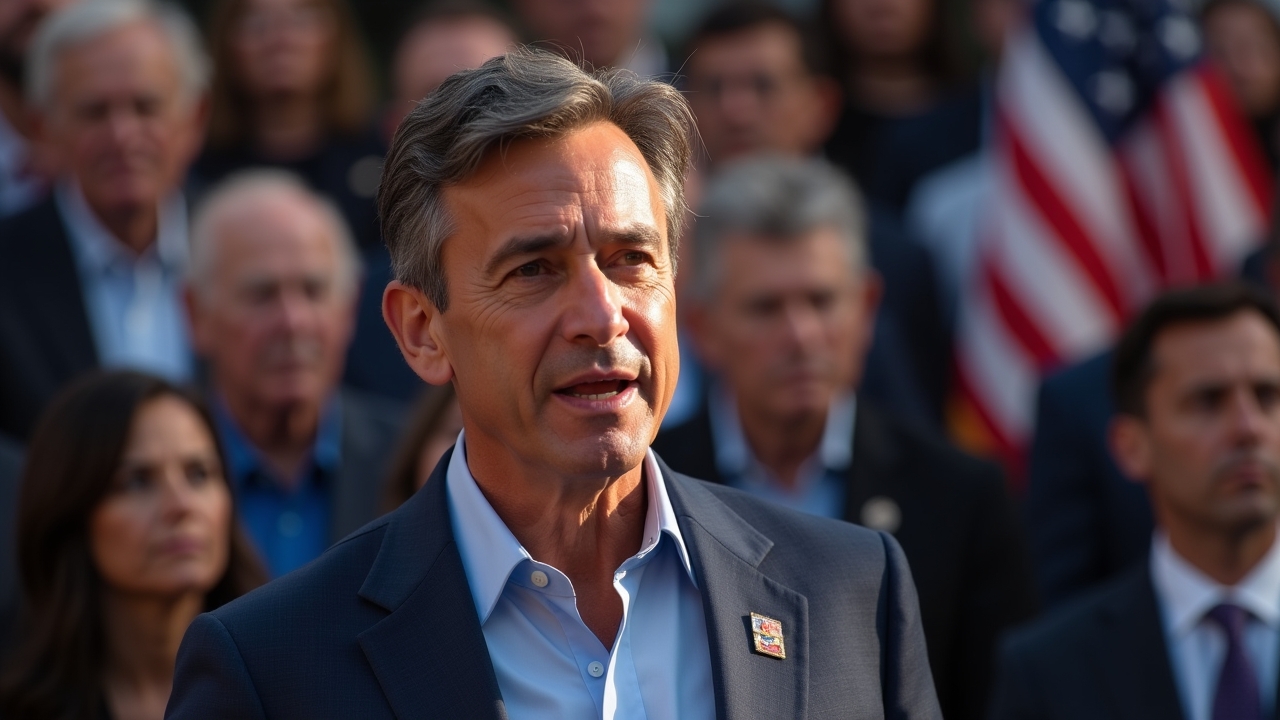
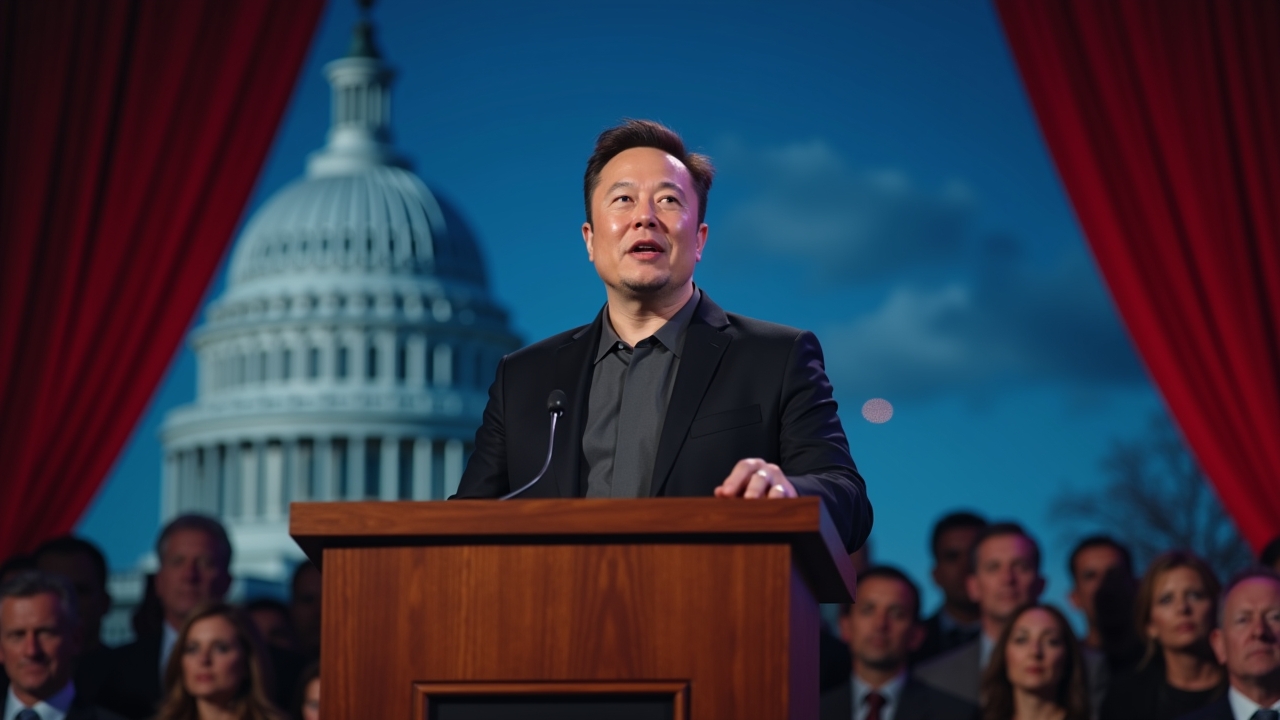
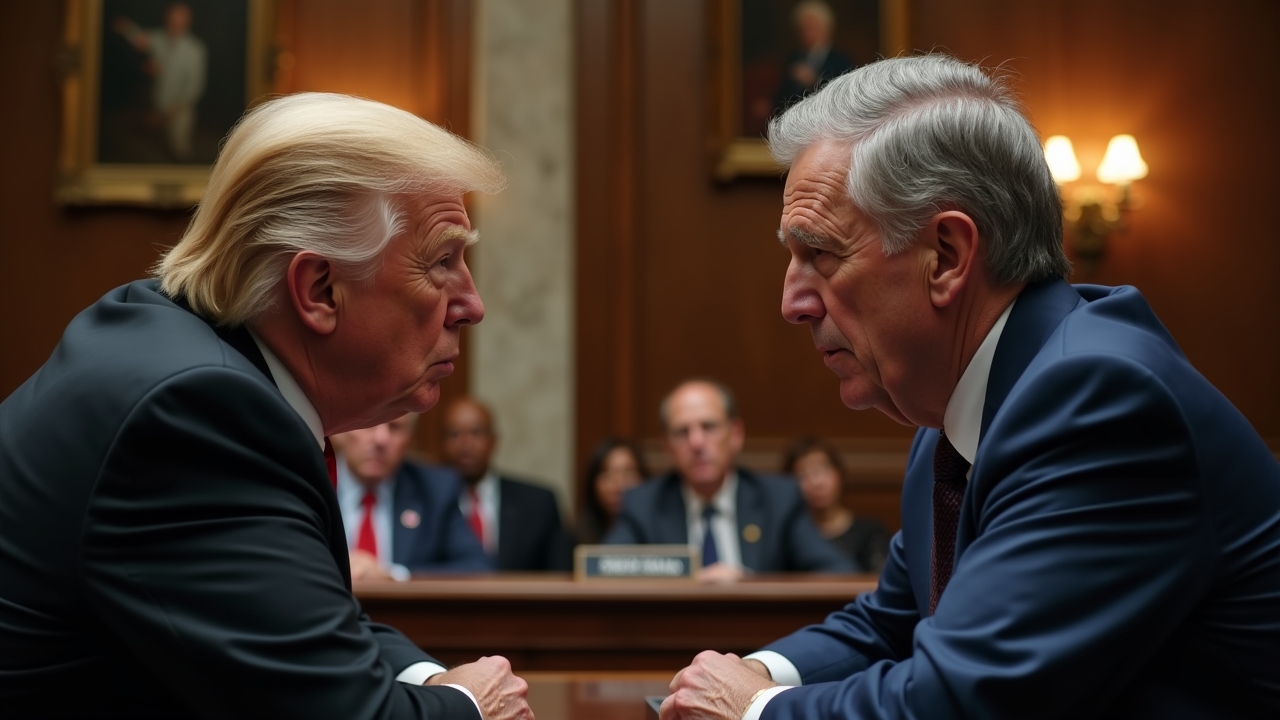
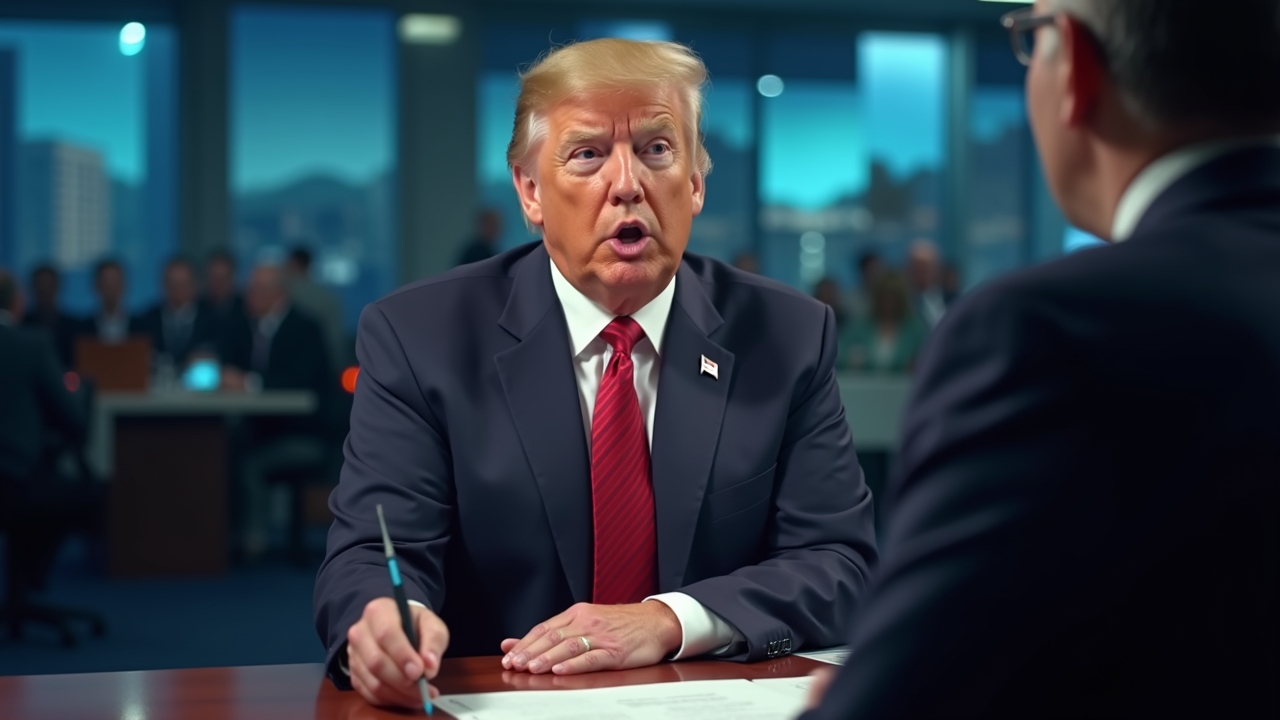
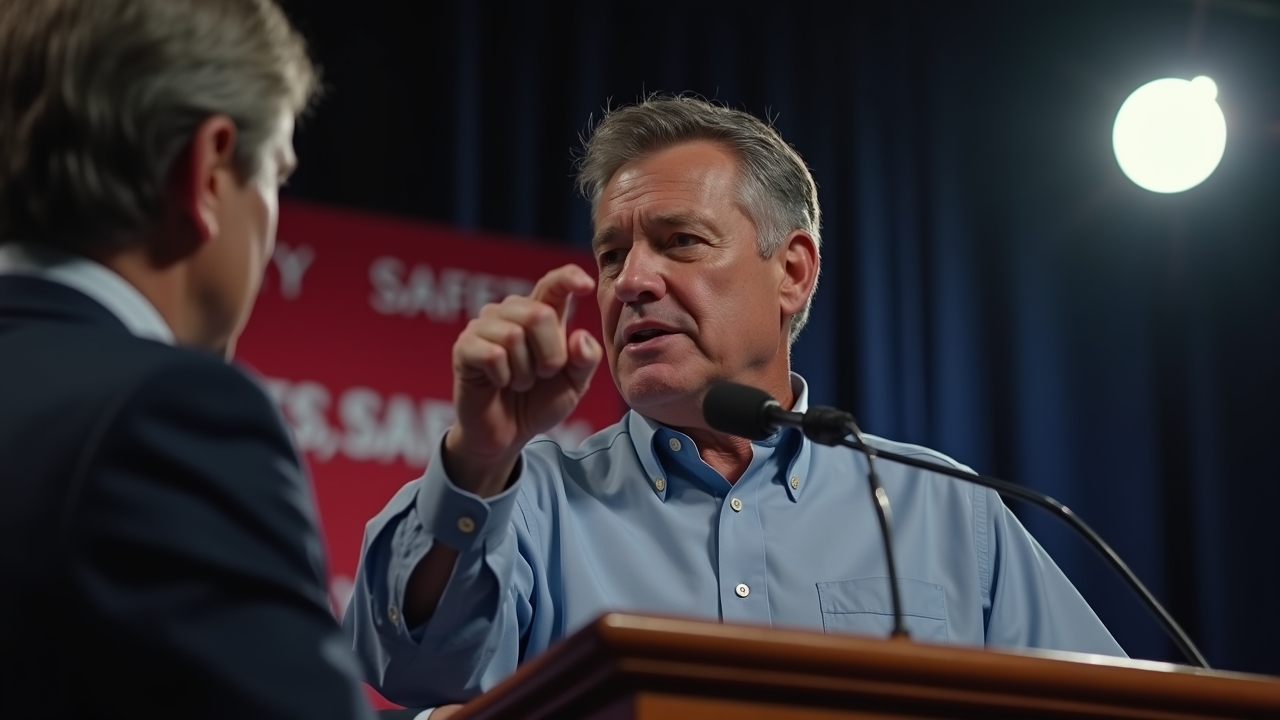

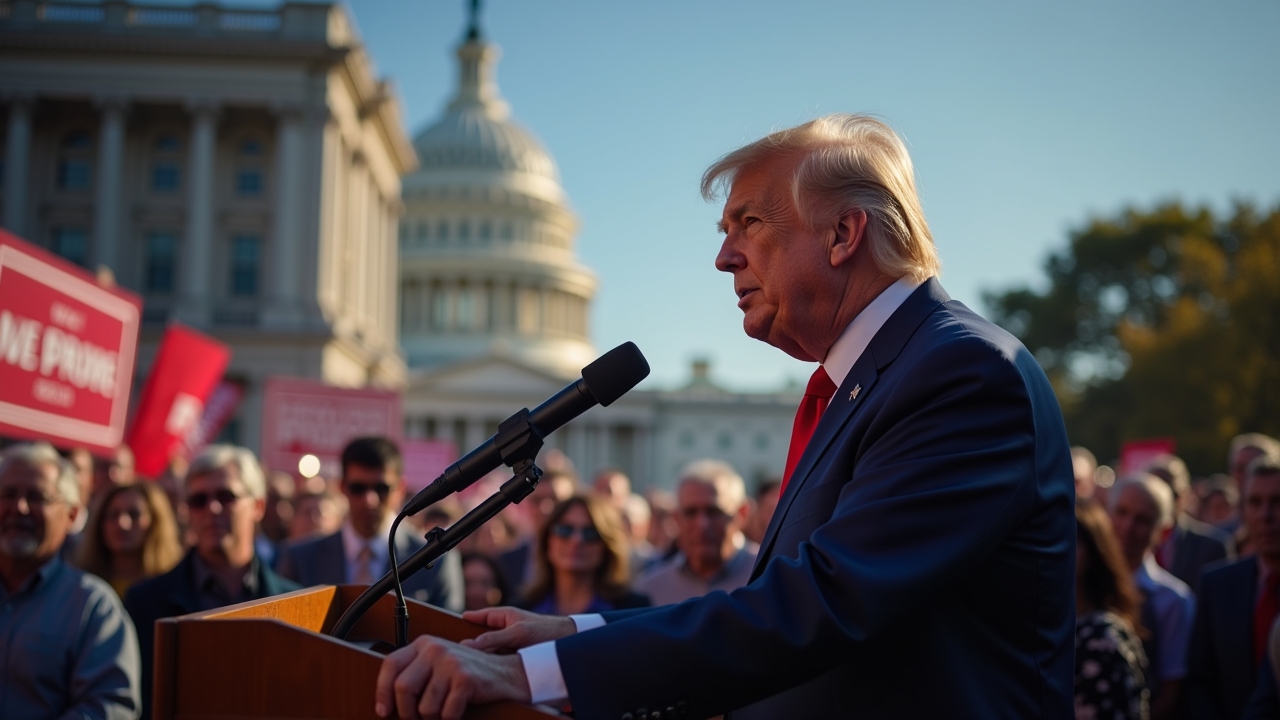


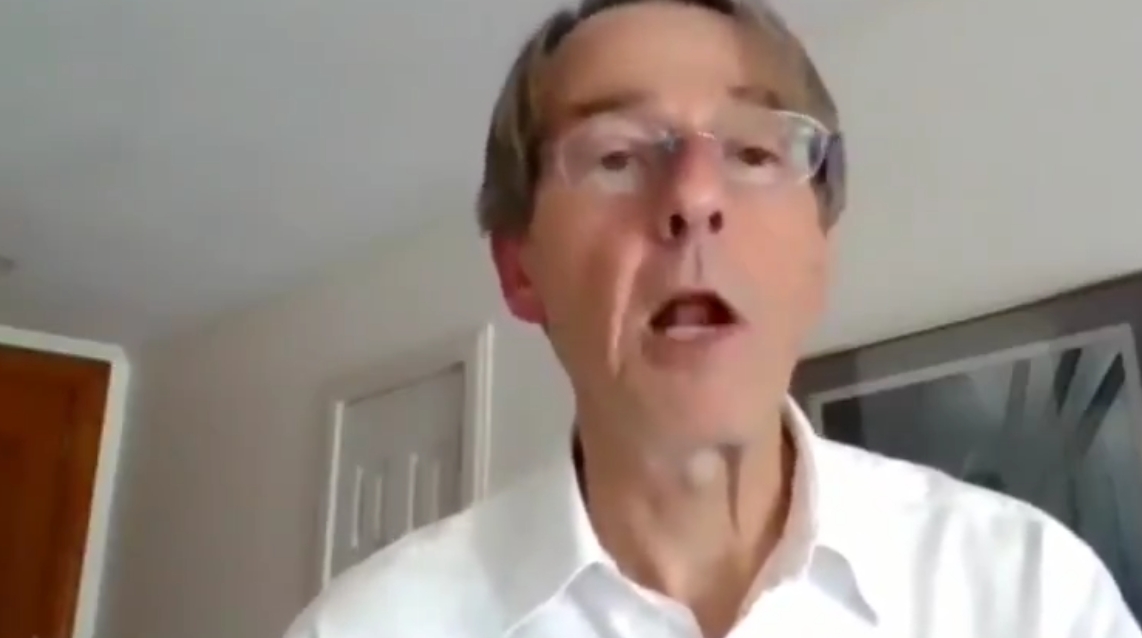



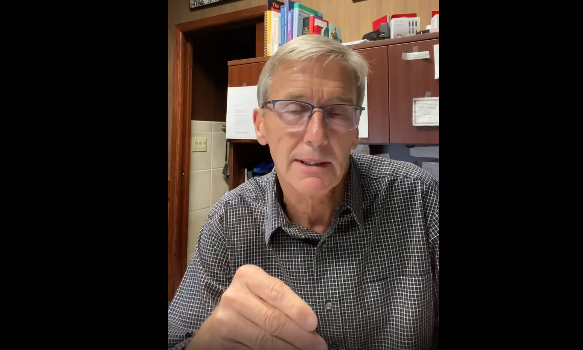



.jpg)






 English (US) ·
English (US) ·  French (CA) ·
French (CA) ·